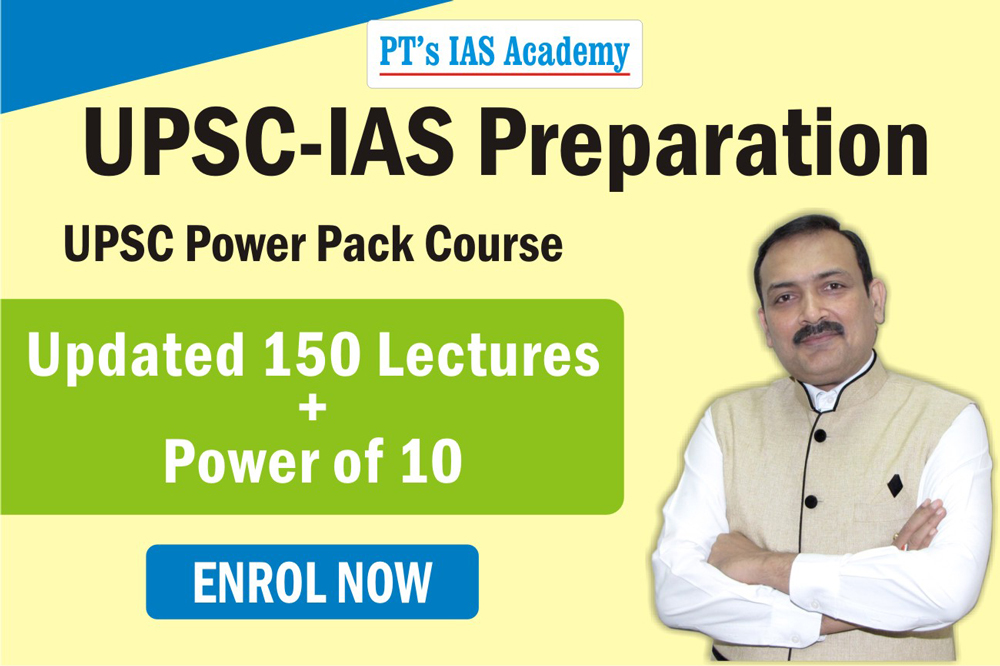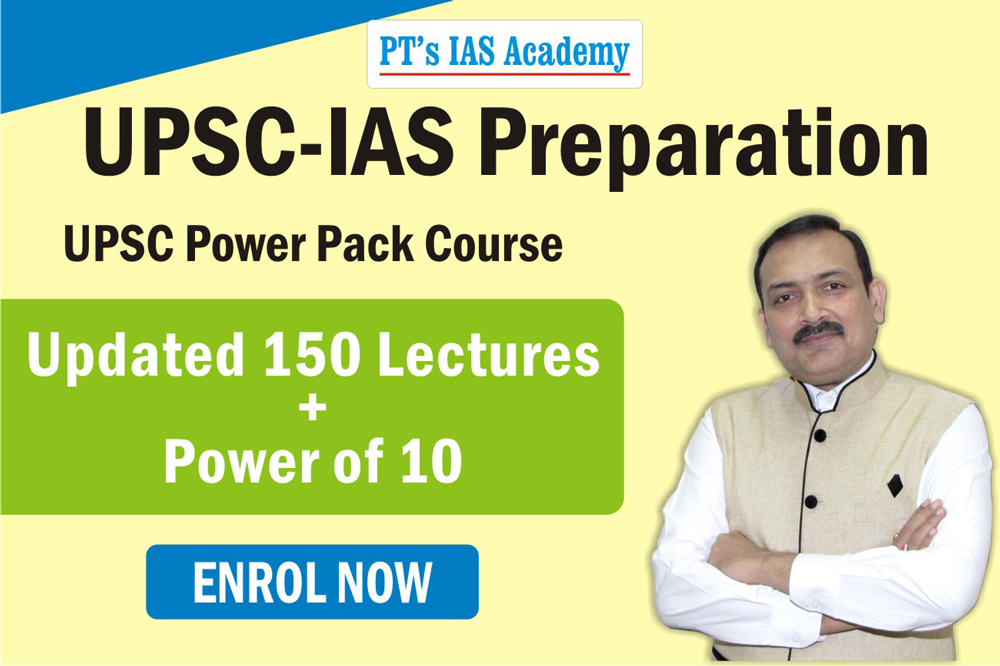Excellent study material for all civil services aspirants - begin learning - Kar ke dikhayenge!
Battling drug addiction
Read more on - Polity | Economy | Schemes | S&T | Environment
- Taking control: Recently, news emerged that people in a few villages of Jodhpur district’s Bilara block, Rajasthan have come together to tackle Drug Addiction among the youth. The villagers took many steps including boycott of persons consuming liquor, tobacco and narcotics (a controversial social practice, though). They have imposed a penalty on the sellers and buyers of these substances also.
- Drug addiction: It refers to the condition of being addicted to a drug, particularly narcotic drugs, which are generally illegal drugs that affect the mood and behaviour of a person. Drug abuse refers to the use of certain chemicals for the purpose of creating pleasurable effects on the brain. There are over 19 cr drug users around the world and the problem has been increasing at alarming rates, especially among young adults under the age of 30.
- The Indian situation: The menace of drug addiction has spread fast among the youth of India. India is sandwiched between two largest Opium producing regions of the world that is the Golden triangle on one side and the Golden crescent on other. The golden triangle area comprises Thailand, Myanmar, Vietnam and Laos, and the golden crescent area includes Pakistan, Afghanistan and Iran.
- AIIMS report: As per the report Magnitude of Substance Use in India released by All India Institute Of Medical Science (AIIMS) in 2019 -
- Alcohol is the most abused substance in India
- Around 5 crore Indians reported to have used cannabis and opioids at the time of the survey (conducted in the year 2018)
- Estimated that there are about 8.5 lakh people who inject drugs
- Of the total cases estimated, more than half of them are contributed by states like Punjab, Assam, Delhi, Haryana, Manipur, Mizoram, Sikkim and Uttar Pradesh
- About 60 lakh people are estimated to need help for their opioid use problems
- More children are taking to alcohol consumption and the highest percentage of children who are addicted to alcohol are in Punjab followed by West Bengal and Uttar Pradesh.
- Major reasons: Social pressure plays a role, and children take to it to be accepted by the peers. Increasing economic stress leads to it, as well. Changing cultural values have made it acceptable, and also the angle of experimentation. Neurotic pleasure drives people to it, as much as ineffective policing.
- Impact of drug bbuse: There are long-lasting and deleterious consequence, including a higher risk of unintentional injuries, accidents, domestic violence incidents, medical problems, and death. Economic potential is wasted. It affects relationships with family, friends creating emotional and social problems, and increases financial burden. It increases diseases like Hepatitis B and C, Tuberculosis. Drug dependence, low self esteem, hopelessness can lead to criminal action and even suicidal tendencies.
- Challenges to curb:
- Legally available drugs - Such as tobacco is a huge problem which is usually seen as a gateway drug which children take just to experiment with.
- Lack of availability of rehabilitation centres - There is a lack of sufficient nos. of rehabilitation centres.
- Smuggling of drugs - Smuggling of drugs through the states like Punjab, Assam and Uttar Pradesh which share the border with neighbouring countries.
- Government initiatives: It constituted the Narco-Coordination Centre (NCORD) in November, 2016 and revived the scheme of “Financial Assistance to States for Narcotics Control”. The Narcotics Control Bureau has been provided funds for developing a new software i.e. Seizure Information Management System (SIMS) which will create a complete online database of drug offences and offenders. The government has constituted a fund called “National Fund for Control of Drug Abuse” to meet the expenditure incurred in connection with combating illicit traffic in Narcotic Drugs; rehabilitating addicts, and educating the public against drug abuse, etc. It is also conducting a National Drug Abuse Survey to measure trends of drug abuse in India through the Ministry of Social Justice & Empowerment with the help of National Drug Dependence Treatment Centre of AIIMS. The 'Project Sunrise' was launched by the Ministry of Health and Family Welfare in 2016, to tackle the rising HIV prevalence in north-eastern states in India, especially among people injecting drugs.
- The Narcotic Drugs and Psychotropic Substances Act, (NDPS) 1985: It prohibits a person from producing, possessing, selling, purchasing, transporting, storing, and/or consuming any narcotic drug or psychotropic substance. The NDPS Act has since been amended thrice – in 1988, 2001 and 2014.
- Government also announced the launch of the ‘Nasha Mukt Bharat’, or Drug-Free India Campaign which focuses on community outreach programs.
- International Treaties and Conventions: India is signatory of the following International treaties and conventions to combat the menace of Drug Abuse -
- United Nations (UN) Convention on Narcotic Drugs (1961)
- UN Convention on Psychotropic Substances (1971).
- UN Convention against Illicit Traffic in Narcotic Drugs and Psychotropic Substances (1988)
- UN Convention against Transnational Organized Crime (UNTOC) 2000
- Summary: Addiction should not be seen as a character flaw, but as an ailment that any person could be afflicted with. Hence, the social stigma needs to be reduced. Certain crop drugs which have more than 50% alcohol and opioids need to be contained. Strict enforcement action is required from police officers and the excise and narcotics department to curb the problem of drug menace in the country. There is a need to strictly implement the NDPS Act. Radical political decisions like that one of alcohol prohibition in Bihar may be another solution, though prohibition rarely works as intended.
















COMMENTS